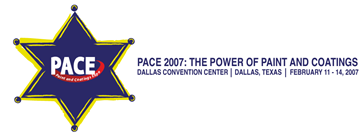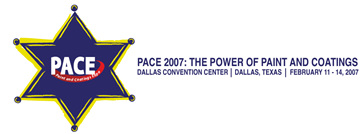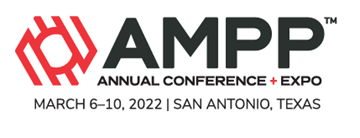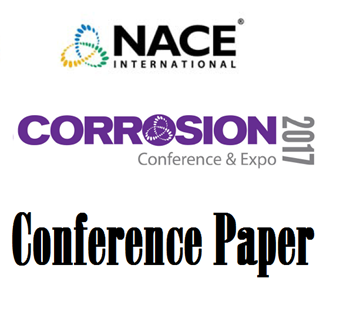Search
Individual Conference Papers
View as
Sort by
Display
per page
Preservation of the U.S.S. Monitor Project Hampton Roads Chapter of the SSPC
Product Number:
41207-302-SG
Publication Date:
2007
$20.00
Preservative Biocide Selection and Performance in High Pressure High Temperature Bioreactors using a Thermophilic, Hydraulic-Fracturing Relevant Culture
Product Number:
51323-18967-SG
Publication Date:
2023
$20.00
Pressure Vessel Thickness Monitoring and Analyzing Using Linear Regression and Control Chart
Product Number:
51323-18821-SG
Publication Date:
2023
$20.00
Prevent Corrosion by Design and Materials Selection – Case Study
Product Number:
51319-13440-SG
Publication Date:
2019
$20.00
Preventing Crevice Corrosion in New and Existing Steel Structures
Product Number:
51218-152-SG
Publication Date:
2018
$20.00
Preventing Corrosion under Insulation - New Generation Solutions for an Age Old Problem
Product Number:
41207-333-SG
Publication Date:
2007
$20.00
Preventing Corrosion under Insulation in Piping - Trends after Evaluating Digital Data from Thousands of Piping Circuits
Product Number:
51323-18871-SG
Publication Date:
2023
$20.00
Preventing Emergency Landings: Addressing Jet Fuel Filter Clogging and Microbial Contamination
Product Number:
51324-20799-SG
Publication Date:
2024
$40.00
Prevention and Control of Corrosion - It’s a Matter of Choice
Product Number:
41215-899-SG
Publication Date:
2015
$20.00
Preventive Maintenance in Older Facilities
Product Number:
41208-462-SG
Publication Date:
2008
$20.00
Primer For The Inspection, Testing, And Analysis Of Electrically Continuous Reinforced Concrete Structures
Product Number:
51322-17514-SG
Publication Date:
2022
$20.00
Principles and Issues in Structural Health Monitoring Using Corrosion Sensors
Product Number:
51317--9240-SG
ISBN:
9240 2017 CP
Publication Date:
2017
$20.00












